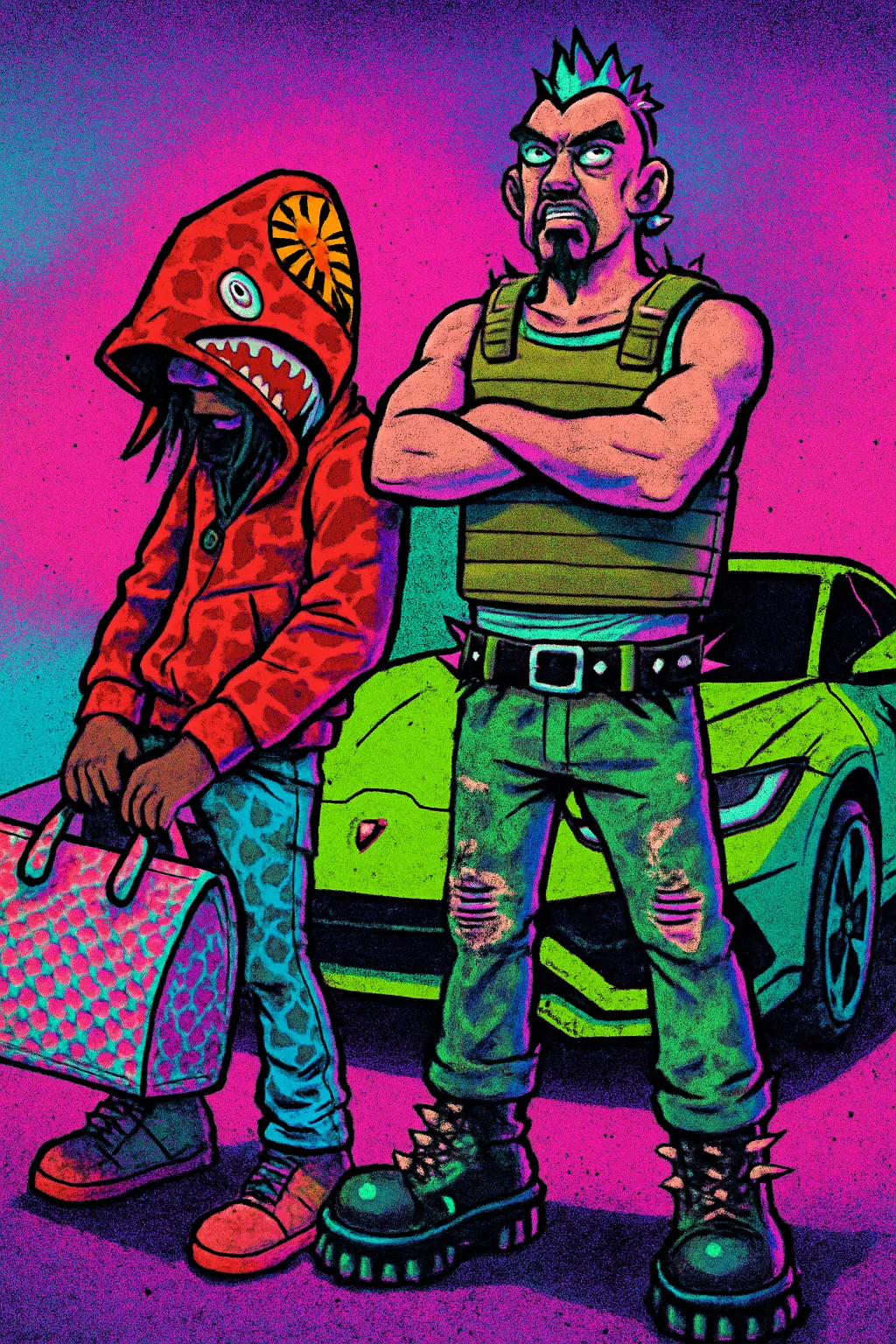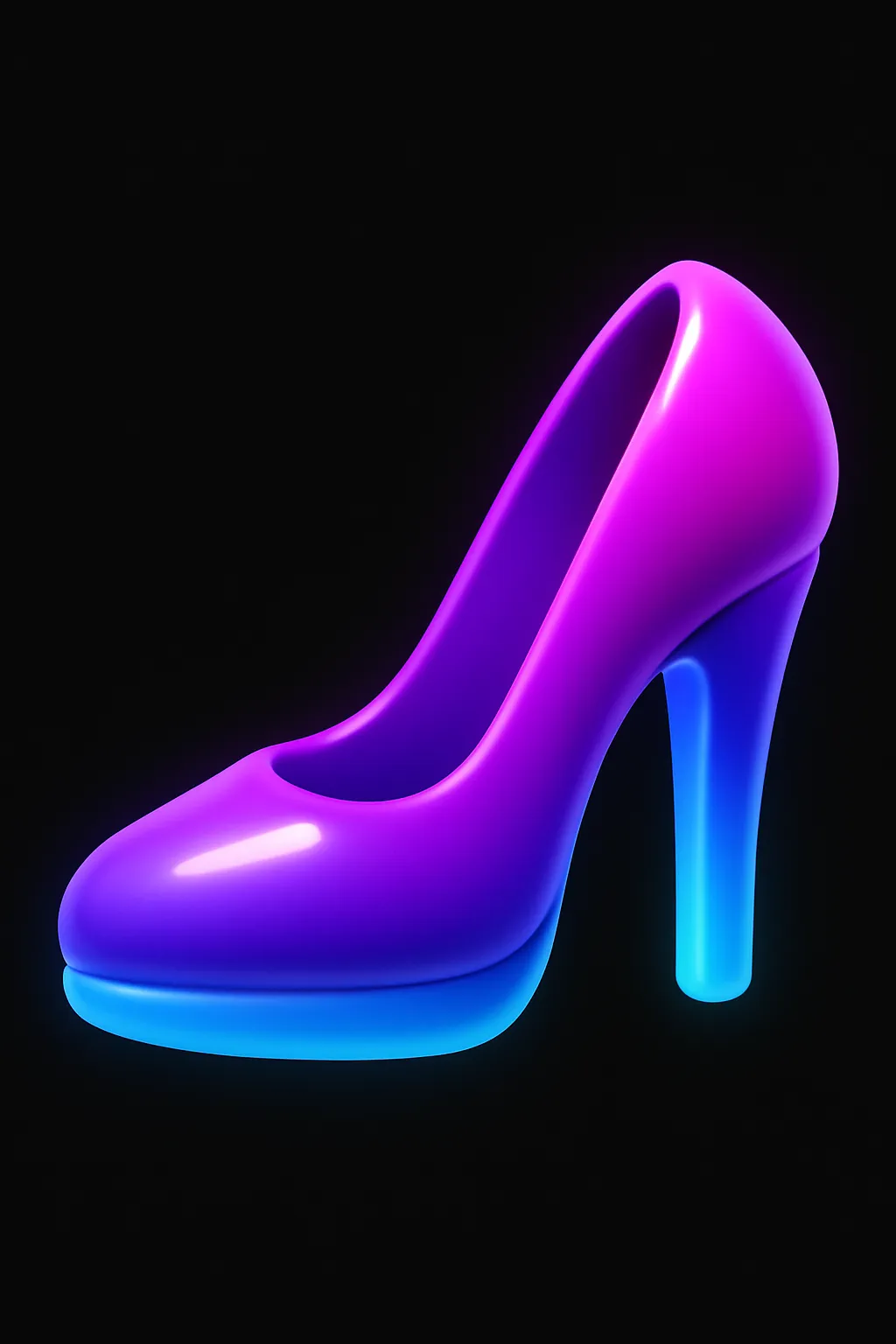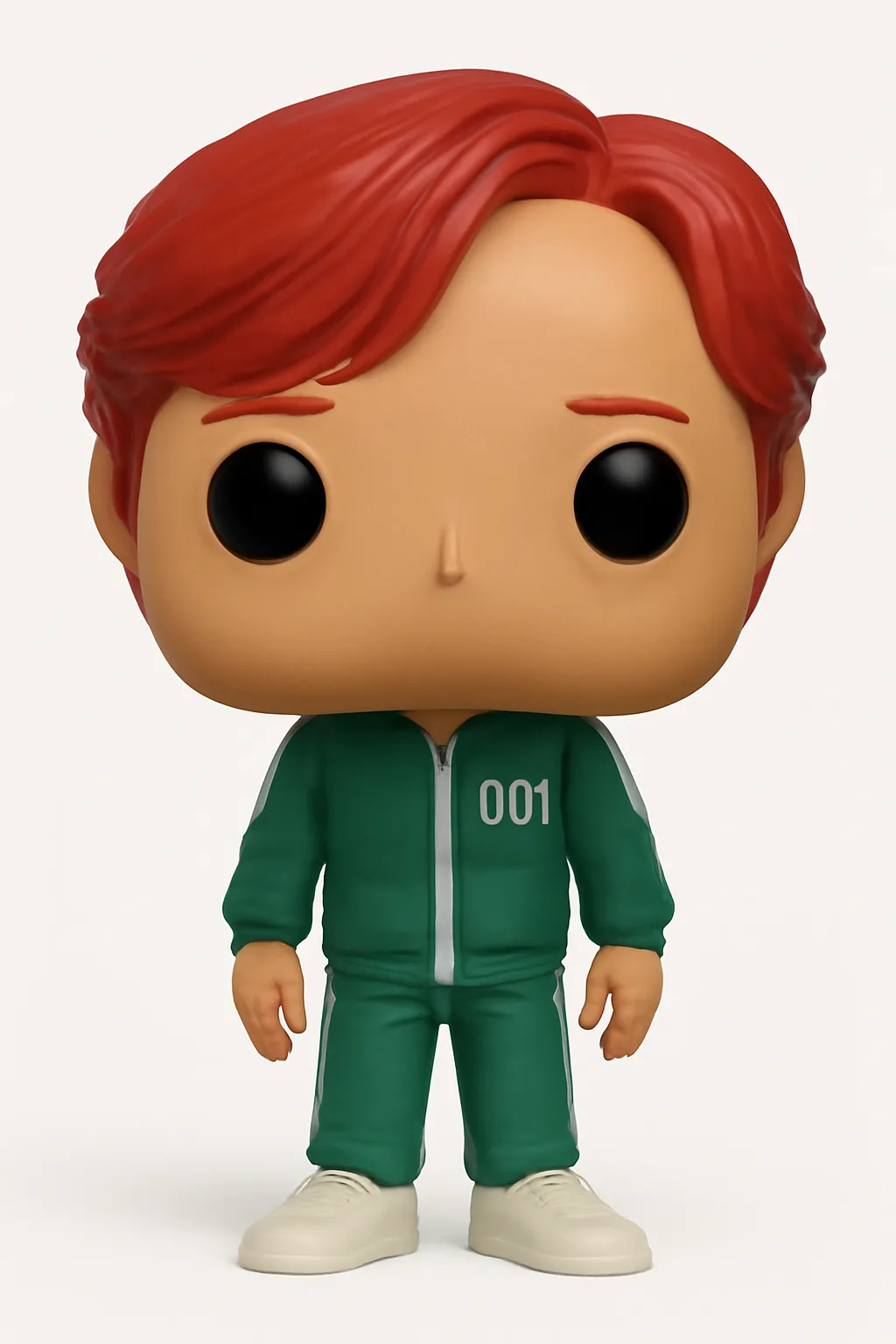Great that you want to validate your mental wellness app idea before investing heavily! Validating early with real potential users can save time, money, and ensure product-market fit. Here’s a practical step-by-step guide tailored for a mobile app-based self-care business using low-cost methods:
Step 1: Define Your Hypotheses and Target Audience
- Identify Core Problem: Clearly state the problem your app solves.
- Define User Persona: Who exactly is your app for? (age, gender, lifestyle, mental wellness goals)
- Value Proposition: What unique benefit does your app offer compared to existing solutions?
Example: “Young professionals aged 25-35 struggling to manage daily stress with limited time, who want quick and effective self-care exercises.”
Step 2: Conduct Desk Research
- Competitor Analysis: Study existing mental wellness/self-care apps (e.g., Headspace, Calm, Sanity & Self).
- Market Validation: Look for market reports, trends, and surveys highlighting user needs in mental wellness.
- Identify Gaps: What are competitors missing that your solution will provide?
Step 3: Build a Simple Landing Page (Pre-Launch or MVP Site)
- Use tools like Carrd or Unbounce to create a single-page website.
- Clearly describe the app’s benefits and features.
- Add a call-to-action (CTA) to collect email addresses of interested users ("Get Early Access," "Join Waitlist").
Purpose: Test interest and gather contact info for early adopters without building the app.
Step 4: Run Targeted Ads and Social Media Tests
- Use Facebook/Instagram or TikTok ads targeted at your user personas with a compelling ad copy and link to your landing page.
- Alternatively, post in relevant mental health and self-care communities on Reddit, Facebook Groups, or LinkedIn.
- Measure click-through rates, sign-ups, and engagement to gauge demand.
Cost tip: Start with a small daily budget ($5-$10) to test waters.
Step 5: Conduct Qualitative Customer Interviews
- Reach out to your email subscribers or community members who signed up.
- Use Zoom or phone calls to interview 5-10 potential users. Focus on:
- Their current coping strategies for mental wellness
- Challenges they face with current solutions/apps
- Feedback on your app concept and willingness to pay
Step 6: Create a Concierge MVP or Wizard of Oz Prototype
- Concierge MVP: Manually deliver core self-care activities you intend to automate, interacting personally with a few users.
- Wizard of Oz: Build a very simple app interface or prototype that looks functional but is manually operated behind the scenes.
Purpose: Validate user engagement and see if your idea really helps users before automating with full development.
Step 7: Run a Minimal Viable Product (MVP) or Prototype Test
- Use no-code tools like Bubble, Adalo, or Glide to build a clickable app prototype or a barebones MVP with core features.
- Deploy to a small user group (from your email list or community).
- Collect quantitative and qualitative feedback on usability, features, and perceived value.
Step 8: Validate Willingness to Pay
- Test pricing and monetization models through surveys or by offering premium early access plans/memberships.
- See if users are willing to pay upfront, subscribe monthly, or prefer freemium options.
Step 9: Analyze and Iterate
- Review all collected data: signup conversion rates, interview insights, prototype usage stats, and payment interest.
- Identify if the demand and user feedback support moving forward.
- Refine the value proposition and features before full build.
Bonus Tips:
- Be Transparent and Ethical: Because it’s mental wellness, ensure you’re clear about the app’s role (not a replacement for professional help) and handle user data sensitively.
- Focus on Core Value: Don’t build everything at once; concentrate on one or two key features that solve a painful and specific problem.
- Build a Community Early: Leverage social media groups or forums for organic growth and validation.
If you want, I can help you draft landing page copy, ad ideas, interview questions, or prototype plans next!
Inputs used
Validate Before You Build
Prompt body
Similar prompts
Great that you want to validate your mental wellness app idea before investing heavily! Validating early with real potential users can save time, money, and ensure product-market fit. Here’s a practical step-by-step guide tailored for a mobile app-based self-care business using low-cost methods:
Step 1: Define Your Hypotheses and Target Audience
- Identify Core Problem: Clearly state the problem your app solves.
- Define User Persona: Who exactly is your app for? (age, gender, lifestyle, mental wellness goals)
- Value Proposition: What unique benefit does your app offer compared to existing solutions?
Example: “Young professionals aged 25-35 struggling to manage daily stress with limited time, who want quick and effective self-care exercises.”
Step 2: Conduct Desk Research
- Competitor Analysis: Study existing mental wellness/self-care apps (e.g., Headspace, Calm, Sanity & Self).
- Market Validation: Look for market reports, trends, and surveys highlighting user needs in mental wellness.
- Identify Gaps: What are competitors missing that your solution will provide?
Step 3: Build a Simple Landing Page (Pre-Launch or MVP Site)
- Use tools like Carrd or Unbounce to create a single-page website.
- Clearly describe the app’s benefits and features.
- Add a call-to-action (CTA) to collect email addresses of interested users ("Get Early Access," "Join Waitlist").
Purpose: Test interest and gather contact info for early adopters without building the app.
Step 4: Run Targeted Ads and Social Media Tests
- Use Facebook/Instagram or TikTok ads targeted at your user personas with a compelling ad copy and link to your landing page.
- Alternatively, post in relevant mental health and self-care communities on Reddit, Facebook Groups, or LinkedIn.
- Measure click-through rates, sign-ups, and engagement to gauge demand.
Cost tip: Start with a small daily budget ($5-$10) to test waters.
Step 5: Conduct Qualitative Customer Interviews
- Reach out to your email subscribers or community members who signed up.
- Use Zoom or phone calls to interview 5-10 potential users. Focus on:
- Their current coping strategies for mental wellness
- Challenges they face with current solutions/apps
- Feedback on your app concept and willingness to pay
Step 6: Create a Concierge MVP or Wizard of Oz Prototype
- Concierge MVP: Manually deliver core self-care activities you intend to automate, interacting personally with a few users.
- Wizard of Oz: Build a very simple app interface or prototype that looks functional but is manually operated behind the scenes.
Purpose: Validate user engagement and see if your idea really helps users before automating with full development.
Step 7: Run a Minimal Viable Product (MVP) or Prototype Test
- Use no-code tools like Bubble, Adalo, or Glide to build a clickable app prototype or a barebones MVP with core features.
- Deploy to a small user group (from your email list or community).
- Collect quantitative and qualitative feedback on usability, features, and perceived value.
Step 8: Validate Willingness to Pay
- Test pricing and monetization models through surveys or by offering premium early access plans/memberships.
- See if users are willing to pay upfront, subscribe monthly, or prefer freemium options.
Step 9: Analyze and Iterate
- Review all collected data: signup conversion rates, interview insights, prototype usage stats, and payment interest.
- Identify if the demand and user feedback support moving forward.
- Refine the value proposition and features before full build.
Bonus Tips:
- Be Transparent and Ethical: Because it’s mental wellness, ensure you’re clear about the app’s role (not a replacement for professional help) and handle user data sensitively.
- Focus on Core Value: Don’t build everything at once; concentrate on one or two key features that solve a painful and specific problem.
- Build a Community Early: Leverage social media groups or forums for organic growth and validation.
If you want, I can help you draft landing page copy, ad ideas, interview questions, or prototype plans next!










